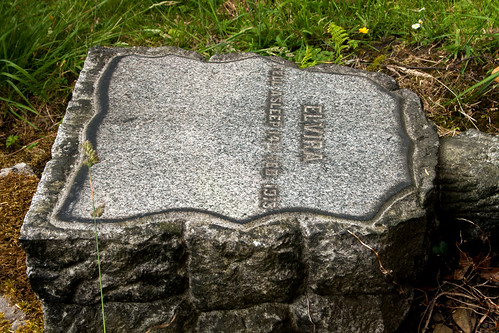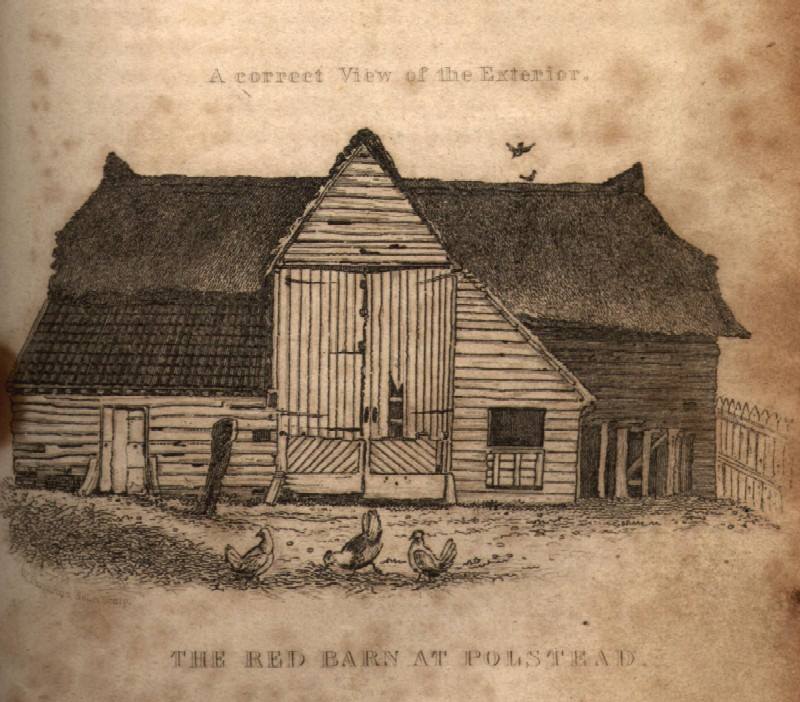Think of Death for a moment.
Did you picture a tall guy in a hood with a scythe? Or Neil Gaiman’s funky Siouxsie Sioux character from The Sandman? Or was it a more sombre abstract notion of pain and loss?
Death can be, and is, all of these things, and much more. But it can also be a tremendous way to add dimension to your storytelling.
So I want you to visit a graveyard.
Soak in the human stories around you
I’m a taphophile so I’m biased. But I genuinely recommend that you visit a graveyard. They’re pretty peaceful places so they’re a great place to find and commune with your ideas.
Wander up and down the avenues between the graves. Make a note of any stones that catch your eye. Don’t just focus on the statues and decoration; try to make out some of the writing as well.
That’s where the stories lie.

I found this particular headstone in Jesmond Old Cemetery. For Elvira, who “fell asleep” on 14 February 1913.
In this case, it’s what the headstone doesn’t say that is the most valuable. What was Elvira’s surname? How old was she? Where are her family?
Few headstones tell you how a person died (although one of the stones in Jesmond Old Cemetery explains that the fellow was mauled by a panther, while a stone in Highgate tells the story of a woman who burned to death after her dress caught fire) but is the date significant here?
14 February is Valentine’s Day. Was Elvira spurned by a lover?
If you visit on a sunny day, find a bench in a quiet spot. Freewrite something based on your visit. Otherwise, pop into a local cafe or wait until you get home. Crack open your notebook.
Not sure what to write? Look at the notes you’ve made of the inscriptions. What catches your eye?
I’ve written on graveyards before, and how you can find inspiration in them.
Now consider your own fiction for a moment.
What role does death play in your story?
Unless you’re George R. R. Martin, death is often forgotten until a character needs to exit stage left. But if you don’t stop to consider how death works within the world you’ve created, you’re missing an opportunity for world-building and character development.
So grab a pen and freewrite some responses to these questions, based on the world of your story.
- What relationship do the characters have with death?
- Do they grieve openly, or is death a cause for celebration?
- Are wakes joyful parties, or sombre occasions?
- What happens to the characters when they die?
- Do the dead come back?

In my Underground City stories, the necromancer general, Eufame Delsenza, can speak to the dead as they drift beyond the Veil. Death is just a crossing point from one world into the next. Different inhabitants of the City have different deities to help ease the transition.
Death comes to us all, so knowing how characters cope with it or react to it gives me a better understanding of them. It provides opportunities for character growth or plot points.
Understanding how the characters approach death gives them a particular outlook that filters into other encounters. It affects how they treat each other and fit into their world.
Use death to explore your own characters.
Do any characters lose a loved one? Or an enemy? How do they react to the loss?
It can reveal a great deal about the nature of their character. An antagonist who mourns the loss of a nemesis is a lot more interesting than one who feels nothing at all.
Look at Megamind. It takes him a while, but Megamind comes to realise just how much his life was defined by his battles with Metro Man. Without his nemesis, Megamind is bored.
He needs their constant battles to give himself something to strive for. Megamind even misses Metro Man so much that he decides to create a new hero. His feelings after the demise of Metro Man reveal a lot about Megamind’s character.

After all, funerals are brilliant for exposing character flaws. Look at The Sixth Sense. The supernatural intervention of the dead girl brought the truth to light. It changed the whole atmosphere of the wake.
It also gave Cole (Haley Joel Osmont) a better understanding of his gift. And what he could use it for in future – which leads to his own character development.
And speaking of supernatural events…
Are your characters haunted?
Hauntings can be literal or metaphorical. Look at Shirley Jackson’s The Haunting of Hill House. Is Eleanor actually haunted within the house? Or does she project her own neuroses outwards into the house?
Is she haunting herself?
If you haven’t read The Haunting of Hill House, I recommend it. Even if you don’t like horror. It’s a masterclass in tension. So consider that your homework.
Ghosts and hauntings provoke all sorts of feelings within a story. Do you feature actual ghosts in your story? Perhaps they haunt your characters. Maybe they issue warnings, or offer advice?
Ghosts in stories often appear to either right a wrong (particularly if they’re exposing their murderer) or to give aid.

If you’re interested in writing Gothic stories like this, I’ve got a post on Sacha Black’s blog about the 3 things your Gothic story needs.
Obviously, your character may choose to ignore the warnings and face dire consequences. They may ignore the advice and rue the day they made that choice. Or perhaps they follow the ghost and discover the truth!
How ever you choose to write your stories, understanding how death works within your world can really help you to explore your characters. Death doesn’t have to make a direct appearance in the story. But understanding how your protagonist approaches death reveals a lot more than a description of their eye colour.
Do you use death to reveal character? Or just to end them? Let me know!
And if you’re looking for more blogs, podcasts and books to help you with your writing, grab my recommended reading list below!
Keen to improve your writing?
Grab your list of my top 5 blogs, books, and podcasts for fiction writers below!






 Buy me a coffee on Ko-fi
Buy me a coffee on Ko-fi

So nice to read a, how shall I say, non-soppy approach to including death in stories.
One thing about surrounding an MC with already-dead relatives and friends: it means they don’t enjoy a substantial support network, which can be a great motivator for plot action. They’re also less likely to be upset by death the way someone who’s never mourned before might.
That’s a REALLY good point.
Thanks for the mention Icy <3
Always happy to try and send visitors your way!